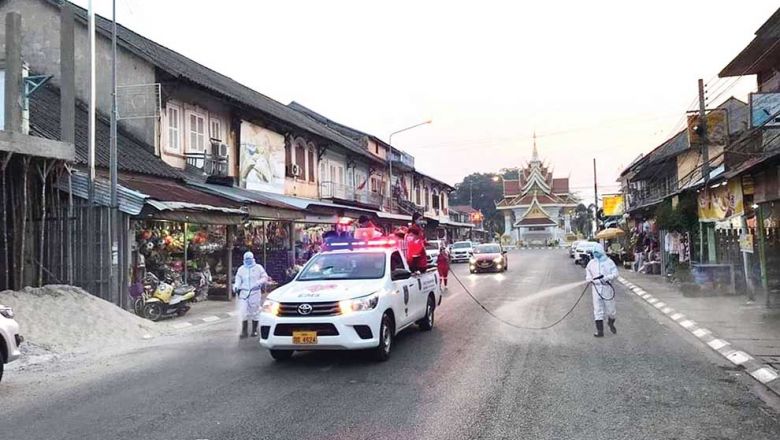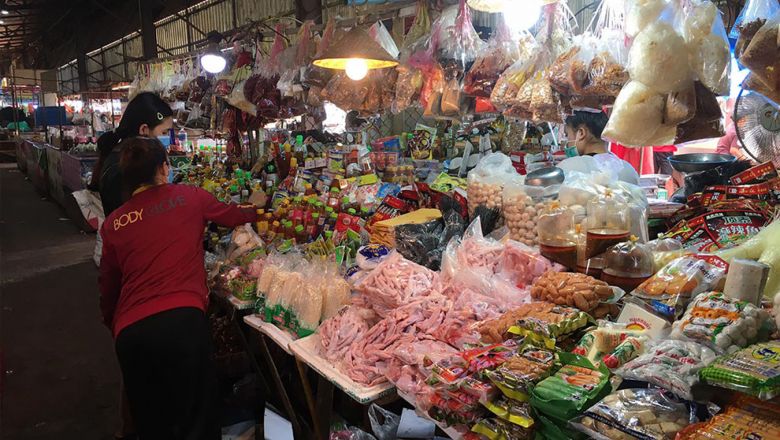Laos-US trade on the rise but still small
Laos-US trade on the rise but still small
The value of two-way trade between Laos and the United States has increased fivefold since the two countries resumed normal trade relations in 2004.
But the value and volume of the two-way trade are still considered small and much more needs to be done to further enhance economic cooperation between the two countries.
In 2005, the value of two-way trade was just US$14 million and the figure rose to US$84.9 million in 2011 before declining to US$69.7 million in 2015.
US Ambassador to Laos Daniel A. Clune talked about trade when addressing the media du ring a reception at the US Embassy in Vientiane on Monday to mark US Independence Day.
“Since Laos gained normal trade relations in 2004, [two-way] tra de has increased fivefold, which is as large as it used to be. But it's still, to be frank, very small and we have a lot of work to do to increase trade further.”
“So that's part of my job to get out there and spread the word about Laos to US businesses,” he said.
Director General of the Ministry of Industry and Commerce's Foreign Trade Policy Department, Dr Laohoua Cheuching, told Vientiane Times on Thursday that although Laos and the US have resumed normal trade relations, high US tariffs create barriers for Lao goods to enter the American market.
“Another reason is that our country still produces a small volume of products which are mainly exported to neighbouring countries,” he said.
In 2005, the value of Laos' exports to the US reached US$4.2 million and the figure rose to US$45.1 million in 2015.
In the meantime, the value of Laos' imports from the US reached US$9.8 million in 2005, rising to US$24.6 million in 2015.
Dr Laohoua said Laos mainly exports agricultural products to the US and imports electronic and industrial products from America.
With regards to the investment outlook, the US Ambassador said that generally major or multi-national U S companies from Japan, the United States and Europe are looking at Laos not as an isolated market (6.5 million people) but as part of the Asean Economic Community (a 10 nation bloc and a market of over 600 million people).
As such, Laos becomes much more attractive for investment by multi-national companies.
For instance, Coca-Cola, which set up operations in Laos last year is not only producing products for Laos but also for Thailand and other nations.
Dr Laohoua agreed that foreign companies are interested in investing in Laos as the country is situated in the middle of the region and is part of the Asean community so they can locate their factories here and export to the rest of the region.
Adjunct Senior Fellow at the East-West Centre in Hawaii, Charles B. Salmon Jr., said recently that US investors have not been active in some Asean countries.
Therefore it is important for a country to establish a rule-based investment environment where businesses enjoy fair competition and treatment in order to attract foreign investment.
Normal trade relations mean that a country receives the same treatment from the US as other countries and the US is also considering granting GSP status (under the Generalised System of Preferences) for Laos.
















